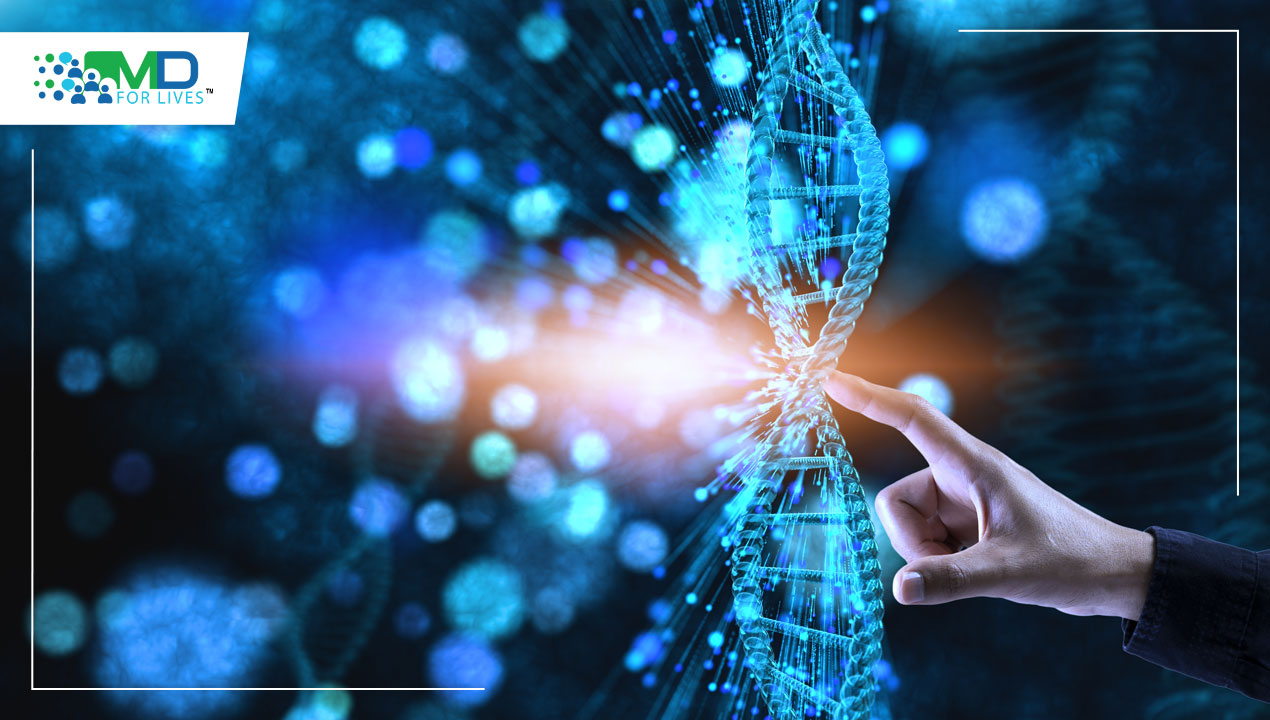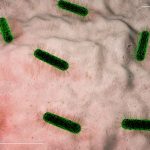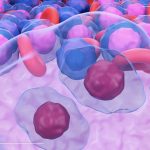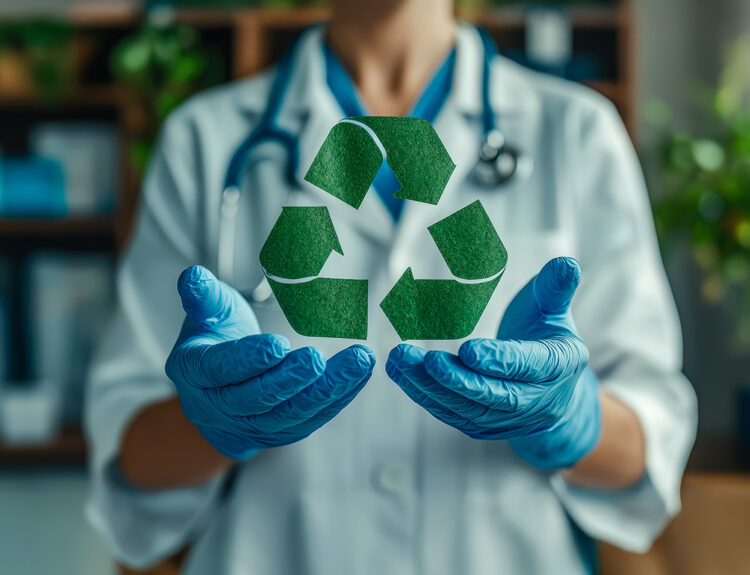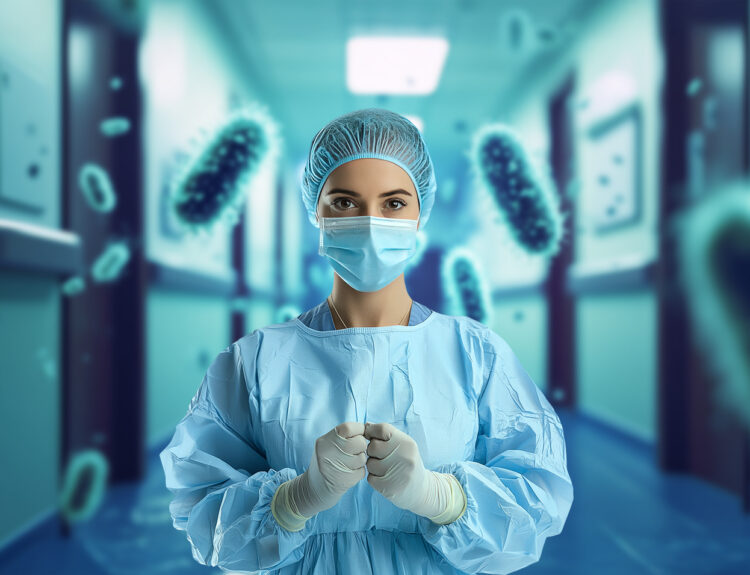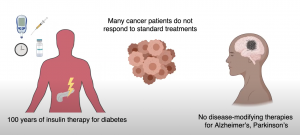
Developing treatments for the disease is a challenge. 80-90% of drugs fail in clinical trials because they are either not safe or ineffective. Many existing drugs do not work well in all patients and have sometimes serious side effects, while drug development is long (on average 10 years to get through all phases), costly (pembrolizumab is £4000 per 100mg vial), and developed based on animal research, even though both have critical differences (for example, the mouse heart beats at 500 times per minute, while the human heart only at 60 times/min). We cannot treat what we do not understand, we need to be able to look at the actual cells, human cells, affected by the disease. Stem cells offer a path forward in this research.
Imagine being able to repair and replace human body parts, in the same way we do car parts?
This may sound like pure science fiction, but scientists are exploring new medical technologies that could allow them to grow custom-made and ready-to-use organs.
This means diseases like leukemia, Parkinson’s, diabetes, heart diseases, and strokes could all be reversed and cured with bio-engineered organs.
These lab-grown organs would be made from stem cells.
What are stem cells, and where do they come from?
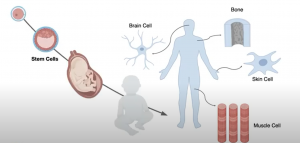
Stem cells are special human cells that act as a repair system for our bodies and are able to fix damaged tissues. They are able to develop into many different types of cells, like muscle cells or brain cells.
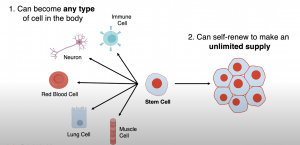
All the cells in our bodies are believed to originate from stem cells. As they mature, they can obtain their functions and become what is scientifically referred to as ‘differentiated cells’.
The earliest indications of adult stem cells came in the early 1900s. Back then, studies on survivors from the atomic bomb blasts during World War 2 unveiled clues that our body had flexible cells that were able to repair damage from the radiation exposure. In the 1950s, doctors discovered they could cure some forms of cancer, using stem cells from bone marrow.
Stem cells are divided into two main forms: embryonic stem cells and adult stem cells.
Embryonic stem cells are cells found only in very early development and are the precursors to every cell type in the human body. They have an amazing potential to turn into almost any body part. They are also virtually immortal and are able to produce new cells, even after months in a Petri dish. Some embryonic stem cells used in research today come from unused embryos during an in vitro fertilization procedure. These unused embryos are instead donated to science. Other embryonic stem cells can be created in the lab using genetic reprogramming.
Adult stem cells, on the other hand, are rare cells found in the body after its birth and throughout its life. They reside in tissues like the brain, the bone marrow, the blood vessels, the muscles, the liver, and the skin.
Adult stem cells wake up when the tissue needs to be repaired because of certain damage or disease.
Scientists have been able to harvest stem cells. They were also able to make them from differentiated cells by reprogramming them back to a stem cell state. However, these cells so far are flawed and can only develop into a small number of cell types.
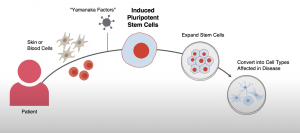
Out of the many possibilities to use stem cells, tissue regeneration is the most essential. Currently, the world is facing an organ shortage crisis. In the US alone, more than one hundred thousand people are on a waiting list for an organ transplant. Being able to bioengineer and grow organs from stem cells would largely help with this problem. At the same time, the organs would be custom-made and ready to use. They would be generated from the patient’s own stem cells, which would greatly reduce the risk of the body’s immune system rejecting the transplant.
Scientists could go on to cure heart disease or diabetes. Special cells made from stem cells could be implanted into the heart or the pancreas, where they would replace non-functional cells. Even brain diseases, like Alzheimer’s or Parkinson’s, could be cured by repopulating the brain with healthy cells.

The cause of Alzheimer’s remains mysterious. We know amyloid build-up can be absent in patients and present in individuals with no symptoms. We know it is a complex disease with many genetic factors and subtypes. With stem cells, we can create new brain cells.
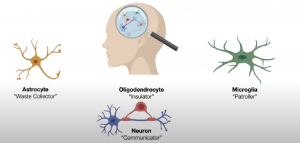
In stem cell models, we can take cells from patients we know do not have Alzheimer’s and cells from those that do have the disease and try to analyze the major differences.
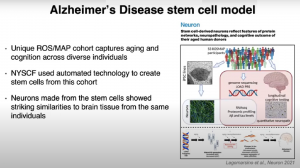
In ALS (amyotrophic lateral sclerosis), a progressive nervous system disease affecting muscle control, stem cells helped identify Ezogabine (Wainger et al., JAMA Neurology 2020), an epilepsy drug that reduced the hallmarks of ALS (quelling overactive motor neurons) in 65 patients. The drug was discovered using a stem cell model, utilizing motor neurons generated from the patient’s iPSCs (Induced Pluripotent Stem Cells).
Many diseases are caused by the death or malfunctioning of specific types of cells, so we can use stem cells to make the affected cell type and replace them in the patient. In age-related macular degeneration (AMD), a leading cause of irreversible blindness and visual impairment worldwide (affecting 11 million people in the US and expected to double by 2050), stem cell research found that retinal pigment epithelia (RPE) were the main cells impacted by disease and that RPE death results in photoreceptor deterioration and vision loss. iPSC studies are being conducted to replace the eye cells that die in macular degeneration with healthy RPE cells (eye cells).

A patient named Douglas Waters was one of 2 patients given pioneering embryonic stem cell-derived RPEs. A layer of living RPEs was implanted into the back of the eye, and both patients went from not being able to read with their affected eye to reading 60-80 words per minute.
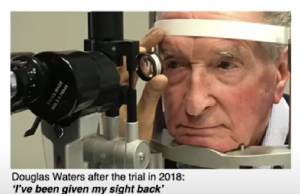
These scientific achievements are yet to be fully realized in regenerative medicine. The techniques are still far from perfect. But scientists are researching and working on new ways to harness the power of stem cells. They believe that, a few years from now, regenerative medicine will be available and a preferred method for everybody.
Stem cells are a window into disease, through skin biopsy or blood sample, we receive stem cells, and from these cells, we can gather specific cells affected by the disease, and use them to both study and treat disease, for the betterment of humankind.

MDForLives is a vibrant community of healthcare professionals and patients dedicated to shaping the future of healthcare. We provide valuable global insights to healthcare companies through online surveys, interviews, and discussion forums.

